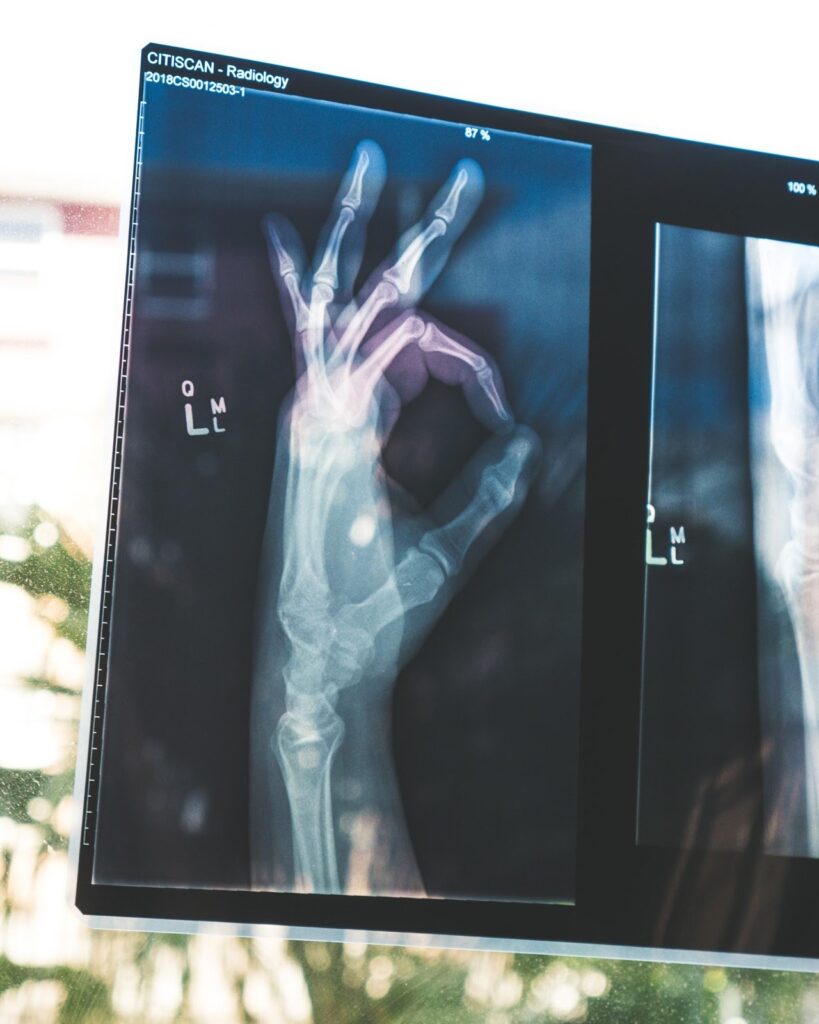Technology on healthcare industry: Technology has been around mankind for a long time, and it has spearheaded a continuous improvement in the way human lives. One of the things that technology has improved dramatically is healthcare. Due to science and technology, the life expectancy and overall health of humanity have skyrocketed. Before it, the life expectancy in most parts of the world was about 35 years. Now, the average American man’s life expectancy is 79 years, which is nothing short of astonishing.
As of 1915, the infant mortality rate was about 100 in every 1,000 live births. Thankfully, we are beginning to win the war against disease, and we longer have to fear sickness the way humans before us did. Technology has helped in other subtle ways that we overlook. To help you understand things a bit more, here are four ways technology has improved healthcare. senior care Brooklyn

Table of Contents
Introduced more medical equipment and improved modern medicine
Before now, the medical equipment our ancestors had was not good enough to save many human lives. Nowadays, technology has given us access to different life-changing medical equipment. This medical equipment includes a sonogram to monitor a baby’s health. It also consists of an X-ray to detect anomalies in a patient. All the new medical equipment has gone through thorough testing to ensure it is safe to use on humans.
Furthermore, technology has developed a better medication that has improved life expectancy in general. Some of these include medicine to fight serious diseases such as HIV and diabetes. It also includes medication that helps with general wellness, such as Green Hulu Kapuas and Vitamin supplements.
We can now access more information
A century ago, doctors and other health practitioners mismanaged useful information. Technology has provided the internet, which is a handy tool to store data. Naturally, this means that health professionals can save a lot of individual medical records. Since many medical resources are also available on the internet, they can draw data from studies that already exist and use it.
Additionally, a good part of medical information is available to the general public. This fact means that people can now educate themselves on so many medical topics with the push of a button. Some applications help people monitor their health, such as Fitness apps that monitor people’s food intake and remind them to workout. Although you still need to go to doctors to confirm any suspicions, it has also made one more aware of the importance of monitoring their health.
You should never diagnose yourself based on what you see online. This is very dangerous, and you should check with a health practitioner. They will provide you with a professional diagnosis and tell you what to do to cure your ailment.

An easier way to share information
Imagine a patient developing a health complication that requires specific medical attention. Without using technology, transferring this patient becomes very tedious and possibly very dangerous. With technology, communication, in general, has never been easier. It has allowed healthcare organizations and professionals to communicate better with themselves. These organizations and individuals can share information through several mediums such as:
- Video teleconferencing applications allows health practitioners to see each other, making communication easier.
- Online discussion platforms and social media platforms give them the ability to form multiple symposiums. These symposiums allow them to talk about several problems and recommend solutions to them,
- Easier transport systems allow data and information travel like never before. Health practitioners can meet faster and access more patients in less time.

Telemedicine is now available
As we have mentioned earlier, technology has provided a better technology on healthcare industry system by giving individuals easier ways to educate themselves. Telemedicine and Telehealth have allowed patients to use Telemedical services to get home treatment and support. Applications and video telephony has been introduced into healthcare to help with this.
For people struggling with mental health issues and disorders such as depression and anxiety, developers have introduced mood-tracker applications to monitor their mental health. They forward your results to a trusted specialist who then administers appropriate treatment.
Also, there is a new feature that Telemedicine has introduced; the store-and-forward feature. This feature gives patients the ability to transmit biosignals and medical images to health professionals. In turn, they will either prescribe medication or require them to come in person for further treatment.
Artificial Intelligence in Radiology
Radiology is a branch of medical science that uses imaging techniques to diagnose disease. Machine Learning (ML) and Artificial Intelligence (AI) are revolutionizing the healthcare industry by analyzing data, diagnosing diseases and predicting outcomes.
In addition, doctors can use AI to produce personalized medicine and prevent diseases. Studies have shown that doctors using AI make fewer mistakes, resulting in healthier and longer lives for their patients. As technology advances, the role of AI in healthcare will only expand, enabling healthcare professionals to save lives and improve patient outcomes.
DNA sequencing in cancer therapy
Advances in next-generation DNA sequencing are changing the way cancer is diagnosed and treated, allowing doctors to create personalized treatment plans based on a patient’s genetic profile. Non-invasive testing using blood and urine samples is a viable option, allowing for early intervention and improved outcomes.
Final Thoughts
Technology has enhanced healthcare in such a dramatic way, and scientists are not going to stop researching to obtain new, groundbreaking discoveries. It has provided seamless communication between health practitioners and improved exciting concepts such as Telemedicine and Telehealth. Additionally, it has shed light on the importance of mental health care. Technology has even brought advanced medical equipment and medicine, revolutionizing health services. Hopefully, the trend and advancements will continue to improve technology on healthcare industry to the point where we don’t fear disease anymore.
Also read about: Information Security Checklist For Businesses
